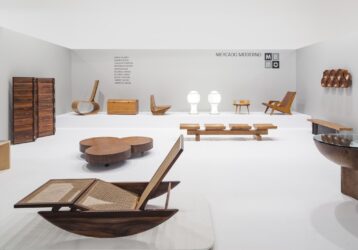The presentation and AV systems in each area are operated with Crestron touch screens, which have been customized to meet the exacting needs of University staff, who were actively involved in the design process. The touch screens were designed for ease of use and the interface is based on everyday devices that the staff were already familiar with, such as iPhones. Each set can be operated in less than five clicks to alleviate any concerns that the staff had about using the new technology and AV equipment.
Providing the infrastructure alone isn’t enough to ensure productive meetings. Any obstacles with scheduling, physically locating rooms, using the AV equipment, and setup can all cause significant delays and lost productivity. With more devices connected now than ever before, it’s important to look at specific causes of these obstacles, and how they can be prevented through the internet of things.
We’ve all been in this situation…You are a remote participant in a meeting, and there is a group in a conference room on the other end of the video feed. You have a hard time making out people’s faces, an inability to recognize facial expressions, seeing side chats happening, but not being able to hear the conversation. It’s dejecting and it causes you to lose engagement in the meeting, making you, and the meeting itself, totally unproductive.
Over the last few years, hybrid meetings have taken their place as the new normal and it is here to stay. As employees hold more power than ever before, ensuring equality in the meeting space is imperative to creating a better company culture, employee retention, and business success. It’s all about meeting the demands of today’s hybrid workforce. This is where intelligent video comes in.






